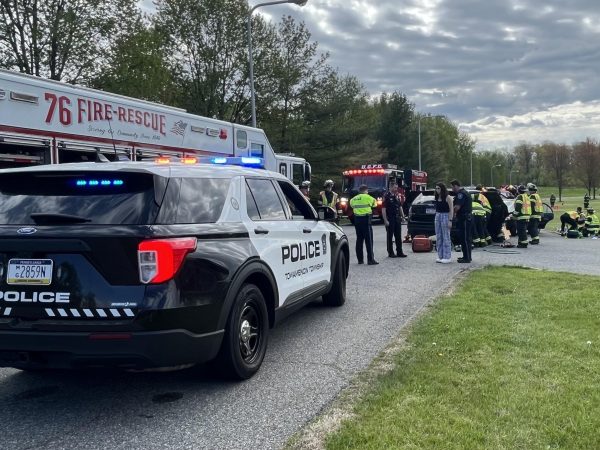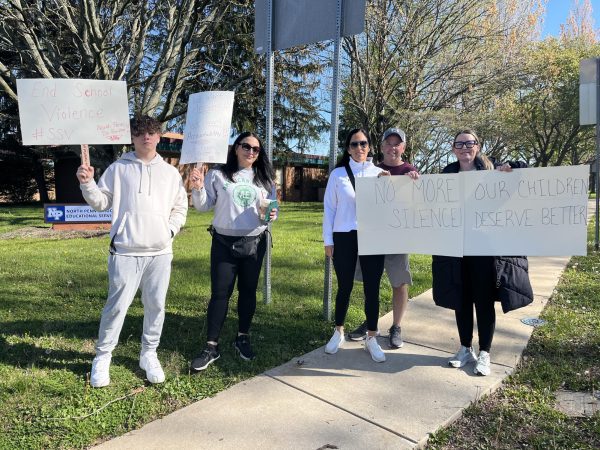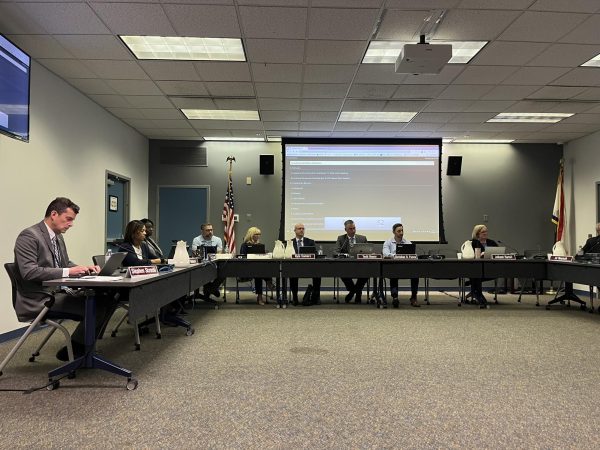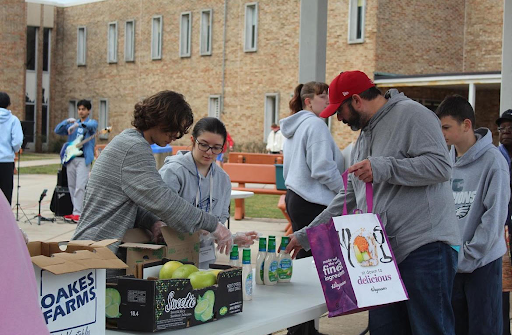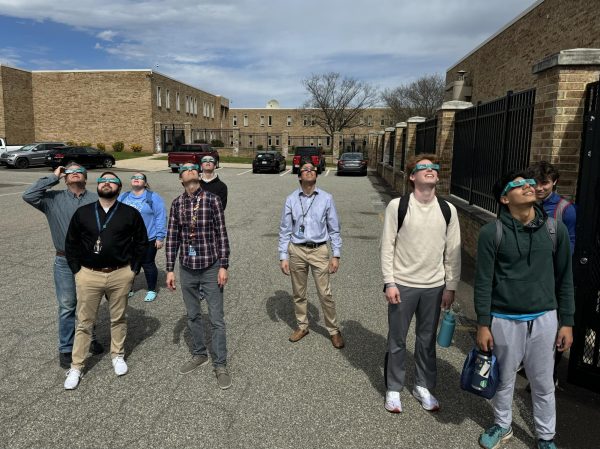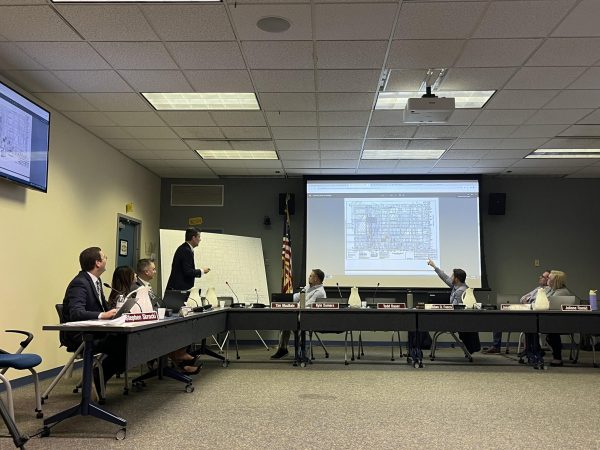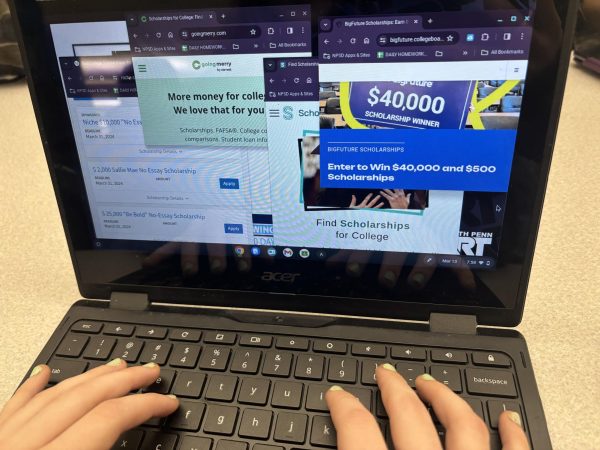North Penn starts Badminton Club
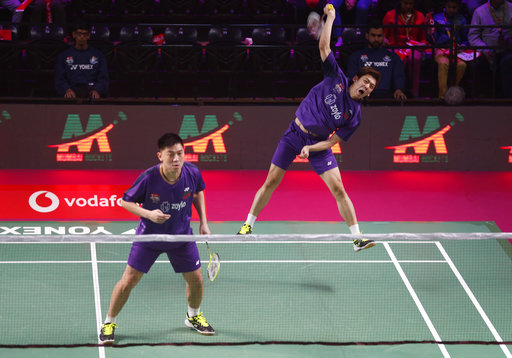
Korean badminton player Lee Long Dae, right, and Malaysian badminton player Tan Boon Heong of Mumbai Rockets play against Indian badminton player B Sumeeth Reddy and Taiwan’s badminton player Polish Lee Yang of Chennai Smashers during the Vodafone Premier Badminton League mixed doubles match in New Delhi, India, Wednesday, Dec. 27, 2017. Mumbai Rockets won the match by 15-9, 15-6. (AP Photo/Altaf Qadri)
TOWAMENCIN- Lamya Shusmi loves badminton.
“It’s a sport that anyone can play. It’s pretty easy to get the hang of, and there aren’t many rules when you play for fun…I play badminton with a lot of my family members. It’s the main game we play [in] our culture.”
Given the obvious benefits of the sport, she was shocked to learn that North Penn High School didn’t have a badminton club.
So she started one.
“[Lamya], who [is] now a senior, last year approached me in health class, wanting to start a club…I think we have over 50 people already interested,” said Ms. Kristen Panaski, the club’s advisor as well as a health and physical education teacher at North Penn. “Everyone’s invited to join, regardless [of] if they’ve ever played before,” she finished.
Panaski urges interested students to log in to the club’s Google Classroom (w6doj7v) and to attend the first meeting on Thursday, September 27th, at 2:30 pm in room F123.
“The whole point of the meeting is to decide the rules of the [October 10th] tournament,” said Panaski, adding that the club is in the process of planning a spring tournament as well. Prospective members will vote on whether or not to divide games based on skill level and to play singles (1-on-1) or doubles (2-on-2). Also up for debate is the setting of a point and/or time limit for each game.
Badminton originated in India during the 1800s; it made its way to the Summer Olympics by 1992. The racquet sport consists of hitting a shuttlecock, or “birdie,” across a net, similar to volleyball and tennis. Although Americans’ experiences with badminton are typically limited to pick-up games at family barbeques, the sport is immensely popular in Asia; the salaries of professional badminton players rival those of the NFL.
“I hope that as many people that want to [will] join the club,” remarked Shusmi, adding, “You don’t have to know how to play to join. We teach.” In addition to in-person instruction, hesitant athletes can check the club’s Google Classroom and even YouTube for instructional videos.
“A student with a disability, a student who doesn’t speak English…can play,” explained Panaski, stressing the relaxed and inclusive nature of badminton club. She continued, “I have a lot of [ESL] students that are from India and Bangladesh, who are brand new, and they’re going to come and play. So they have a club or a way to be involved in this building, which I think is pretty cool.”


